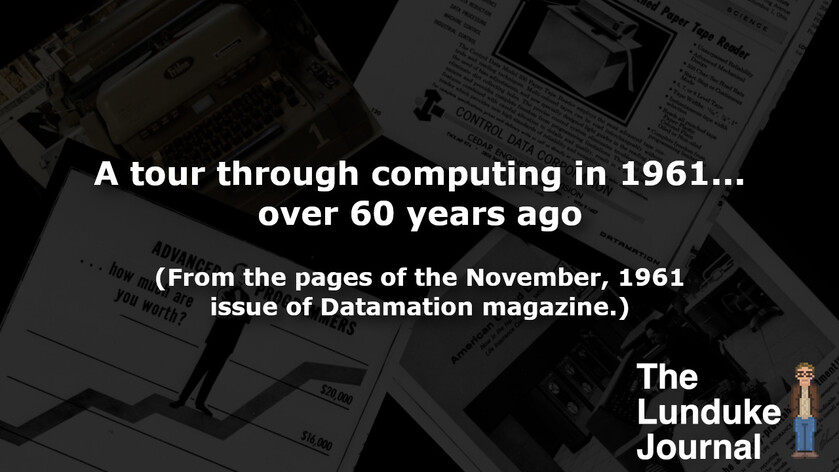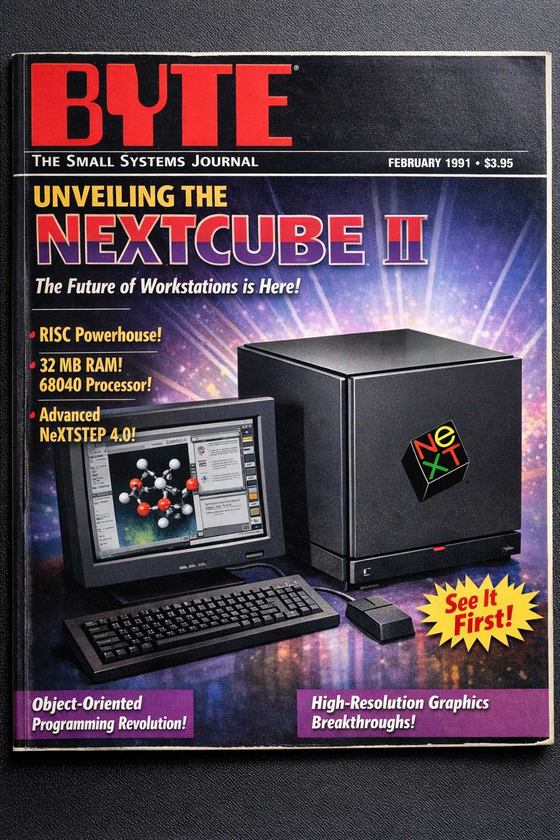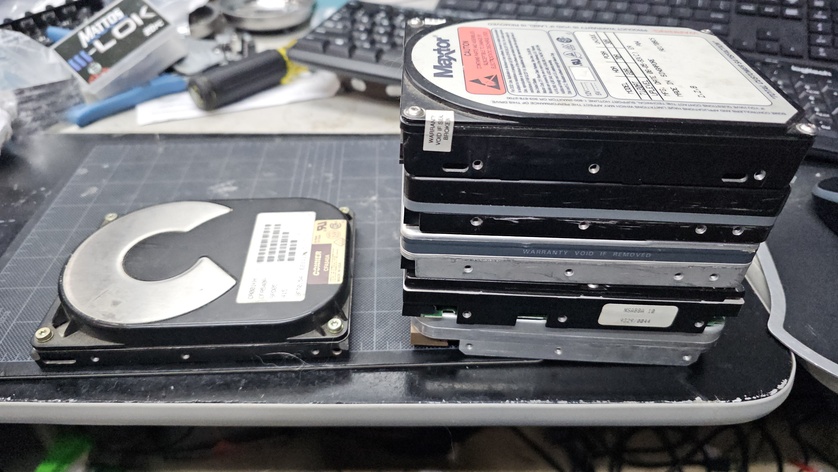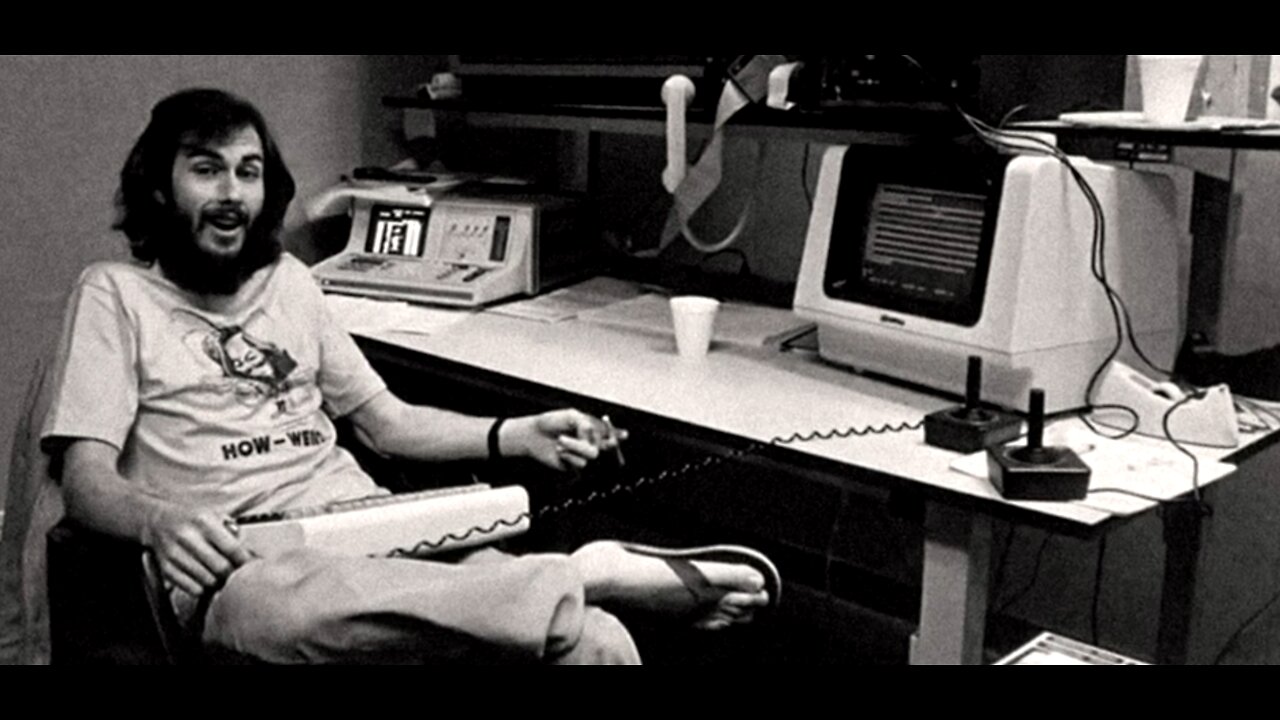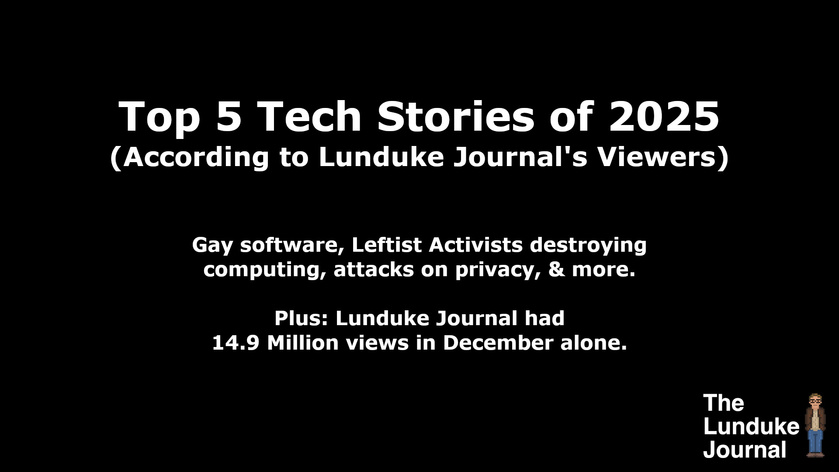What was being a computer user or programmer like… in the early 1960s?
Let’s take a quick stroll back to November of 1961, by way of the oldest computer-specific magazine, “Datamation”.
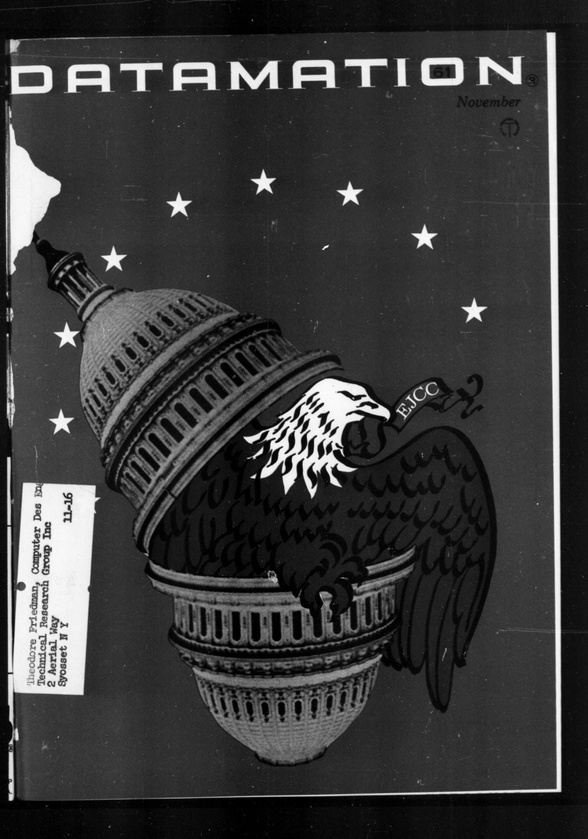
John F Kennedy was President. “Big Bad John” by Jimmy Dean topped the music charts. “Breakfast at Tiffany’s” ruled the theatrical box office.
And computers were… big.

Remember when the various parts of a computer filled an entire room? Yeah. Those were fun times.
Though, not all computers filled an entire room. Take the Packard Bell 250…
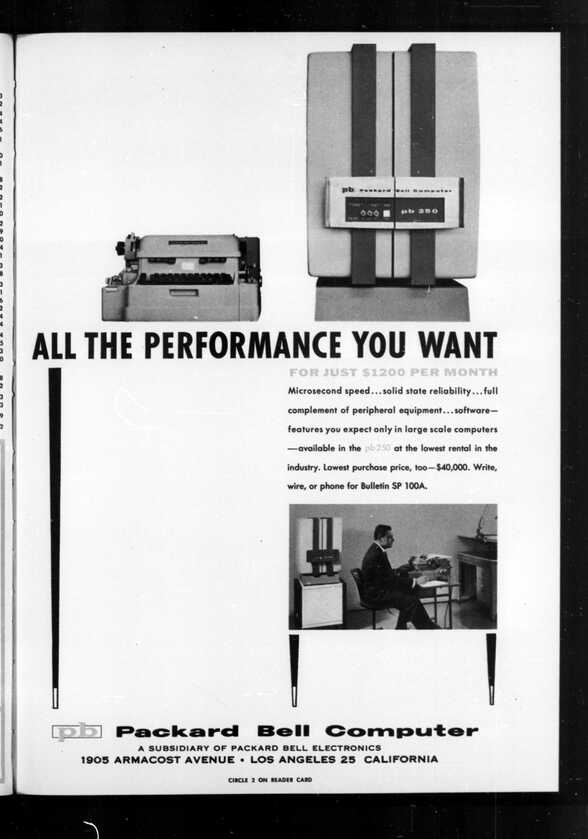
That Packard Bell bad boy could hold 16,000 words (at 22 bits each) and run 40,000 calculations per second. And look at it! Only the size of a small bookshelf!
Cue manly grunting noise.
Note that there's no "monitor" or display on this computer. The output was printed on paper via the Friden Flexowriter.
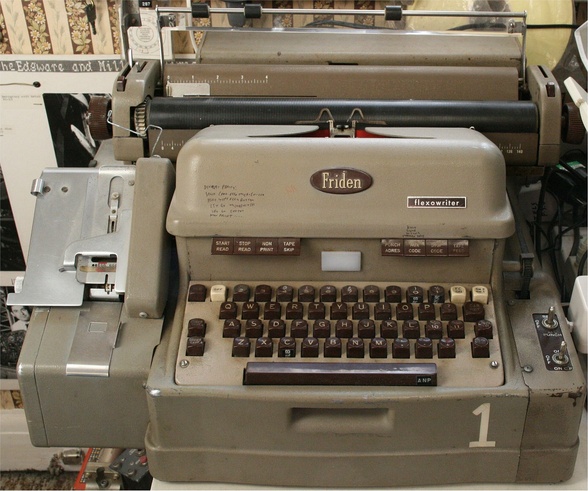
The Flexowriter (like many other consoles of the time) was, essentially, an electronic typewriter... which could be driven by both a connected computer, or via paper tape. (In addition to an actual person typing on the keys, of course).
Oh! And sending data to remote computers, in 1961, was becoming a thing!
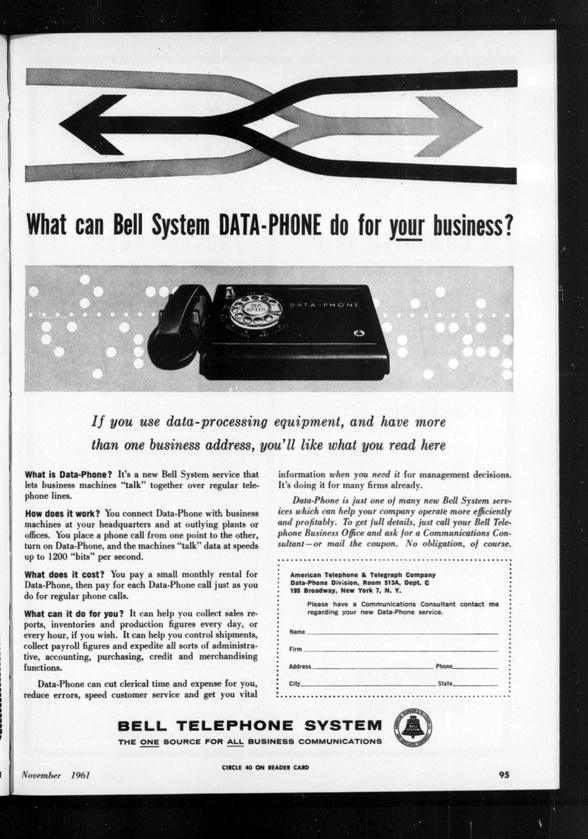
1200 bps! Blistering speed!
But you don’t buy the “DATA-PHONE” (what Bell called a “Modem” back then)… you rented it, by the month, from Ma Bell.
Speaking of moving data around… just check out the state of the art in punch paper tape reading!
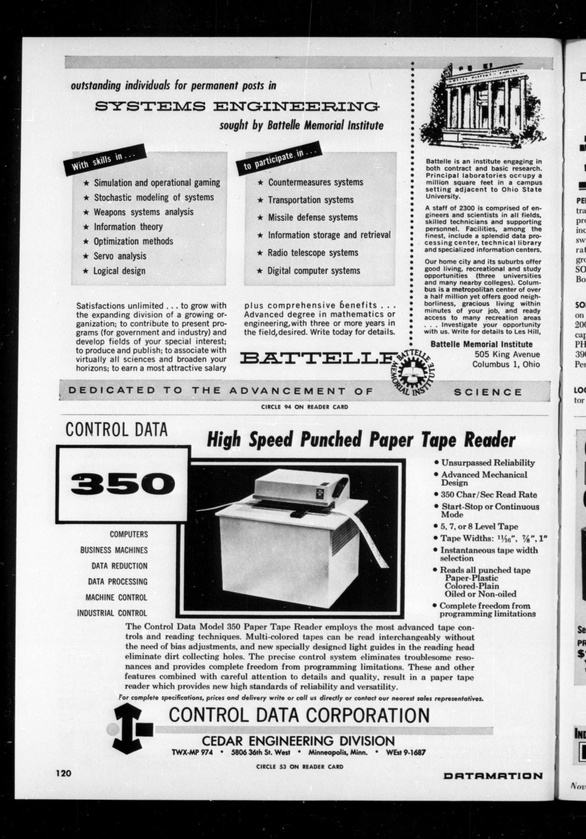
350 character per second read rate!
“Multi-colored tapes can be read interchangeably without the need of bias adjustments.”
“Specially designed light guide in the reading heat eliminate dirt collecting holes.”
No bias adjustments! No dirt collecting holes! The future is now!
And check out that advertisement for open positions at the top! Those early computer magazines are filled to the brim with companies practically begging people to apply for jobs. They needed programmers. Stat.
Check out this. A full page ad, near the front of the magazine, searching for applicants.
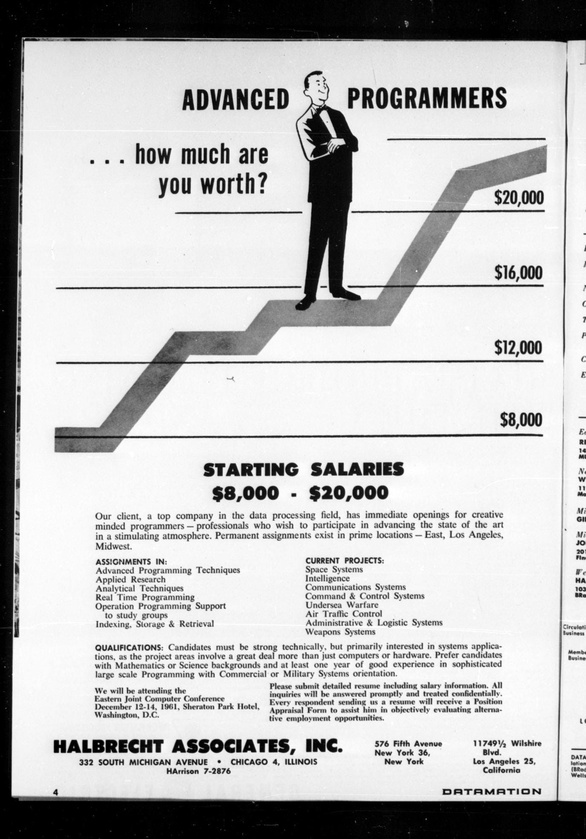
Back then you didn’t see companies looking for this language, or that framework… they were looking for simple things, like:
“Candidates must be strong technically, but primarily interested in systems applications, as the project areas involve a great deal more than just computers or hardware.”
This was code for “not just a hardware engineer… we want people who are interested in programming software.”
That was kind of a novel thing at that time.
Case in point:
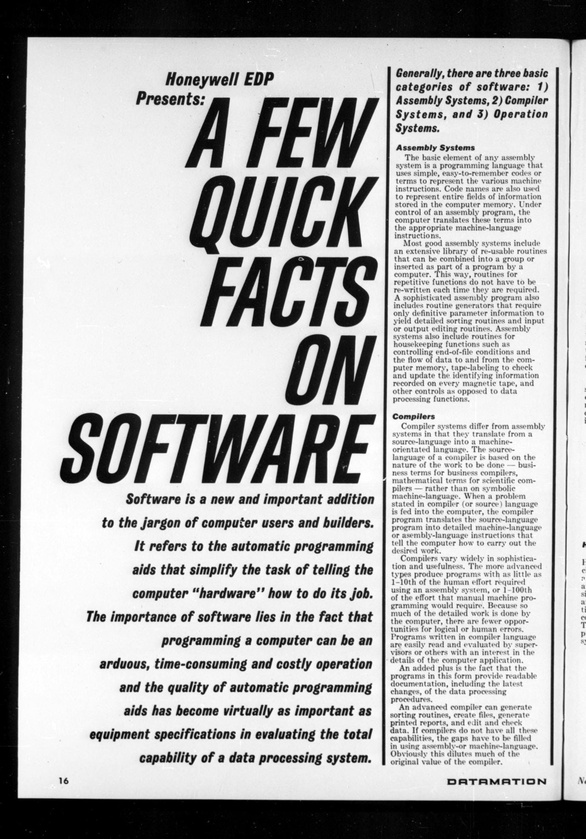
“Software is a new and important addition to the jargon of computer users and builders. It refers to the automatic programming aids that simplify the task of telling the computer hardware how to do its job. The importance of software lies in the fact that programming a computer can be an arduous, time-consuming and costly operation and the quality of automatic programming aids ahs become virtually as important as equipment specifications in evaluating the total capability of a data processing system”
The idea of “ready to use” software was, truly, an amazing thing. Something that not every computer manufacturer or user really took advantage of.
Which… looking at it from the modern day seems wild and zany. But it’s how things were back in 1961.
I highly recommend reading the entire November, 1961 issue of Datamation. It is a wild trip into computing history.
